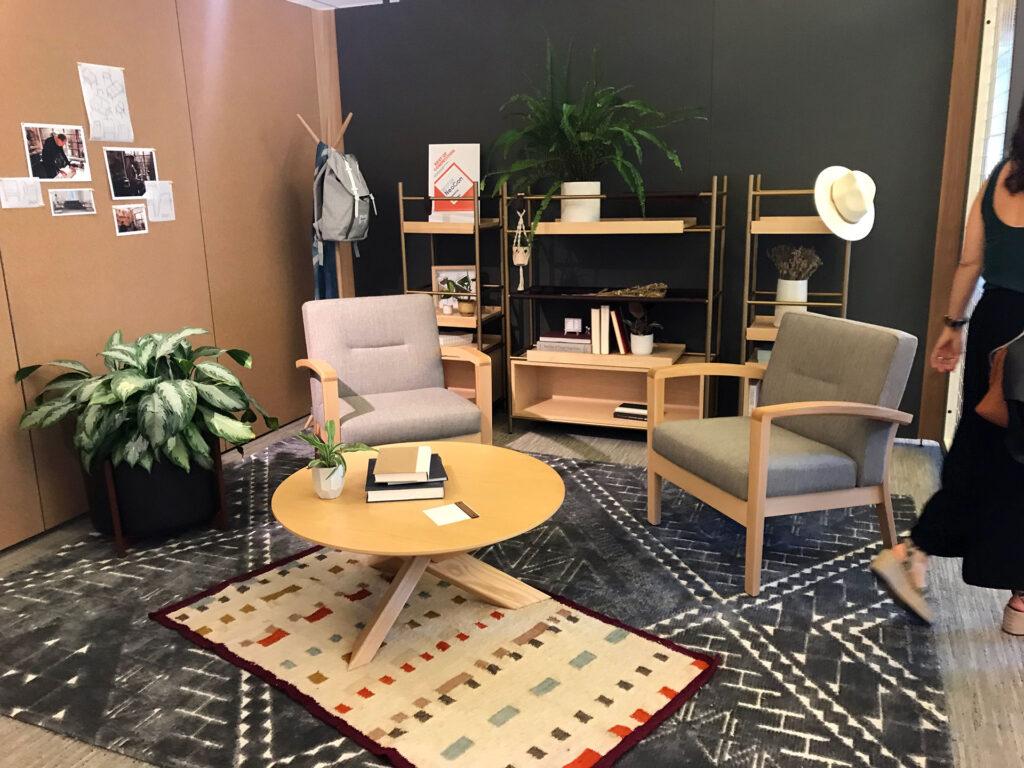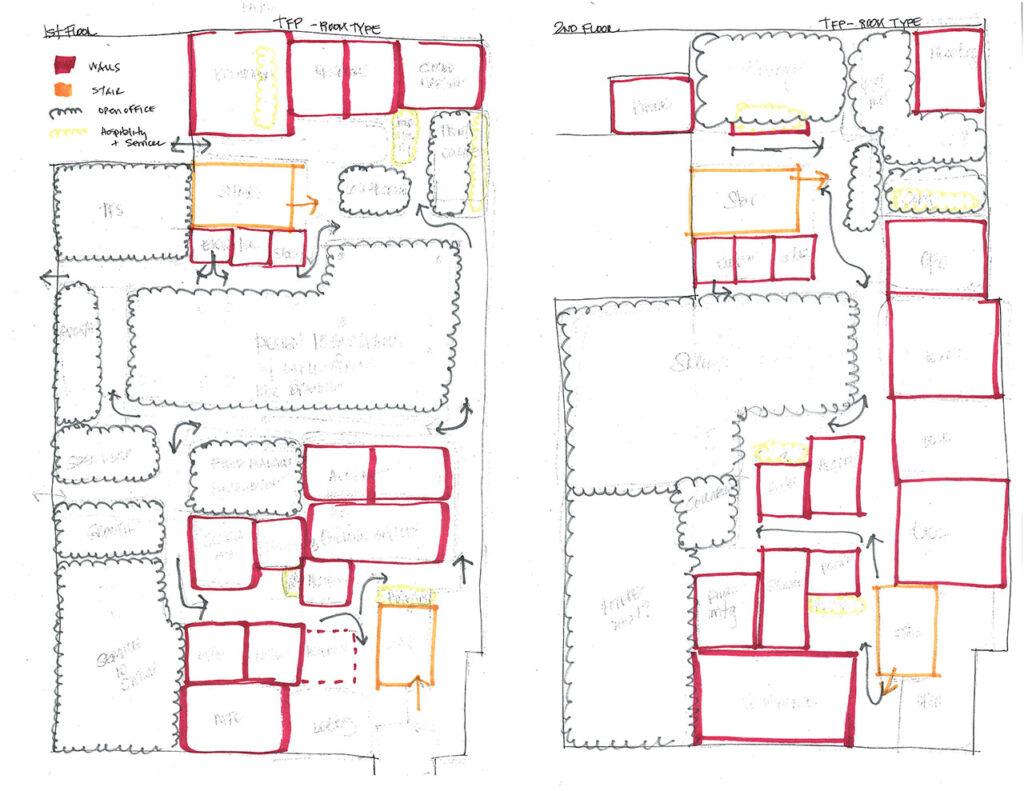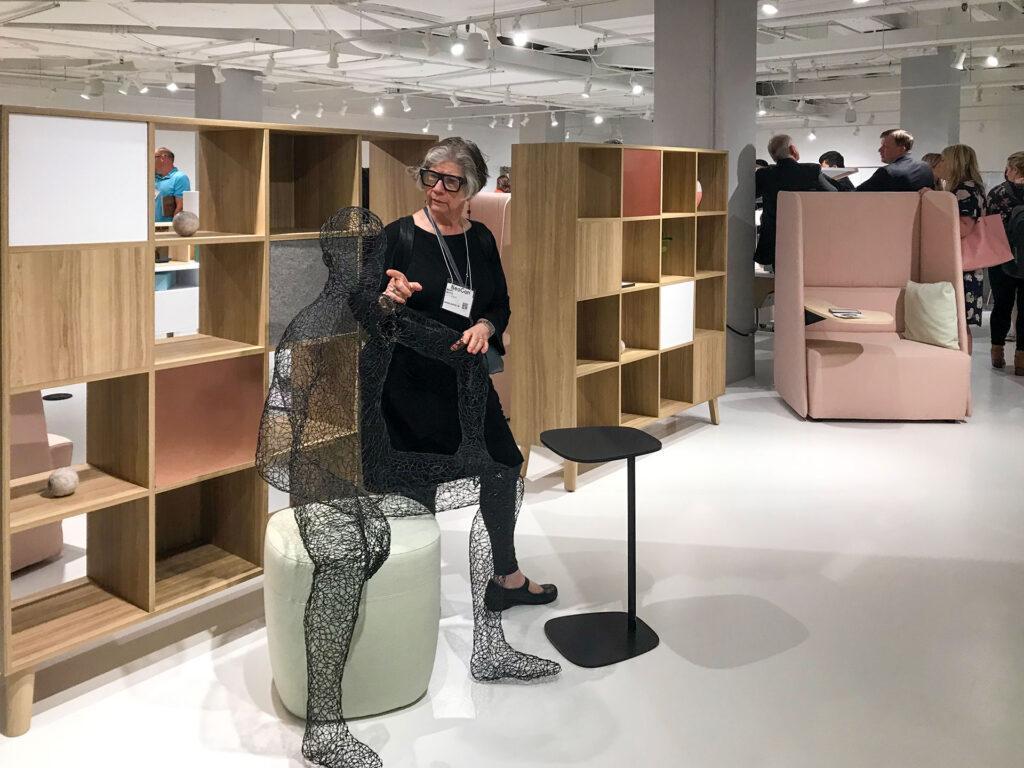
Maybe it’s because we attended NeoCon this month, or maybe because we have so many projects going on where we are being asked to help create the optimum plan, but we are amazed by the positive impact of programming.
r.o.i. Design subscribes to a process for office programming that requires teamwork. The architect and contractor have to be willing to take the time at the beginning of a project to engage the user with thoughtful questions, even before walls are drawn on a plan.
We like to meet with owners and stakeholders and set out a plan to have meetings, with all levels of employees, where we ask them questions about their perception of the structure of their company, how they work together, the constraints of their current office and their hopes and fears of the “new” space.
We are hearing from our customers the importance of meeting and collaborative spaces with a willingness to compromise on the personal space to get more “together” space.
The open office concept is tough and more and more companies are looking for ways to give staff visual and acoustic privacy without burying everyone in tall walls
We respond to the meetings with a summary and the beginning of a program. The program is a list of room names and areas along with some estimated square footage requirements.
It is easy to forget to include adequate storage or secondary hospitality areas for the quick cup of coffee or refreshing the water bottle. The program also includes the circulation space, which can be between 30 and 35% of the entire square footage needed. The smaller the space the larger the percentage.
Circulation space is typically where the non-planned meetings occur, so r.o.i. Design likes to design a little more room around some corridor intersections to encourage those conversations. Stair landing and coffee pots are also where productive exchanges happen “by chance”. This buffer square footage is typically eaten up over time by growth, and the cycle continues.
The written program calculates total square footage needed and from that build out budgets are imagined. Typically, at this point, the user looks at spaces and has the hard task of deciding between needs and wants, but more importantly trying to think about growth.

After a written program is approved, bubble plans are created. A bubble plan is the beginning of physical planning, no hard walls but just circles of areas proportionate to the program. This is where department and resource adjacencies are tested out for users review. Sometimes at this stage, there is a building footprint that has to be considered, and the bubble plan works within it to assist architecture in planning for entries, stairs, and windows.
Depending on the type of end user, management sometimes engages more of their staff in the process to review bubble plans and early plans to bring everyone along.
Planning for a new space is a huge management opportunity. Not only can managers find ways to recognize staff and address their workspace concerns, but they can also often engage them in performance improvement and branding ideas. Change is rough, but if more of the people who are going to be impacted by the change are involved at some level in planning, they are able to process for themselves what is expected of them and can contribute energies and ideas to make transitions easier.
It is at this point in the design that hard-line plans are created, walls, ceilings, etc. r.o.i. Design is sometimes introduced to a plan and project at this point, and in some cases, if there wasn’t programming completed initially, the process of interior design could trigger some plan changes. And no one likes going backwards in planning.
r.o.i. Design is involved in creating spaces, but in reality, we are creating business improvements through design, and programming is the first step to understanding what those improvements need to be.

